#11 - Cobra in the Trailerpark
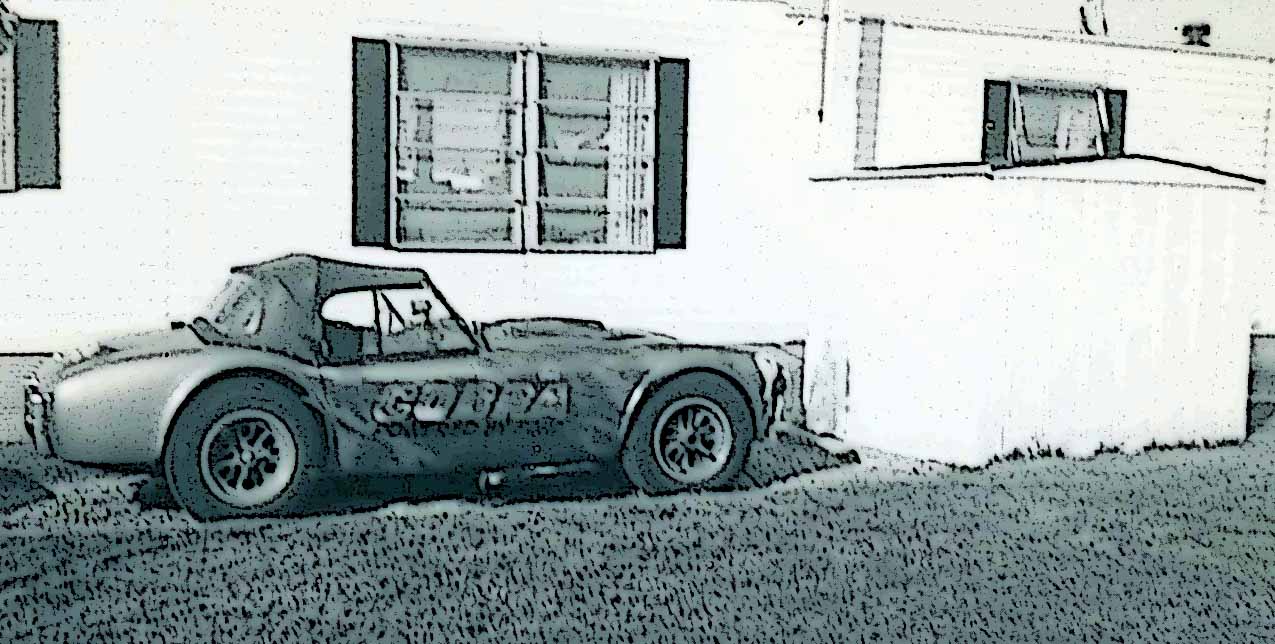
The year I started the Dragon Snake project I had a day job with Bausch & Lomb in Rochester, New York. Part of my job description called for extensive travel throughout Europe, South America, and the Far East, so calling my occupation a day job might be a stretch. Most of my trips spanned several weeks, and in one instance, two and a half months.
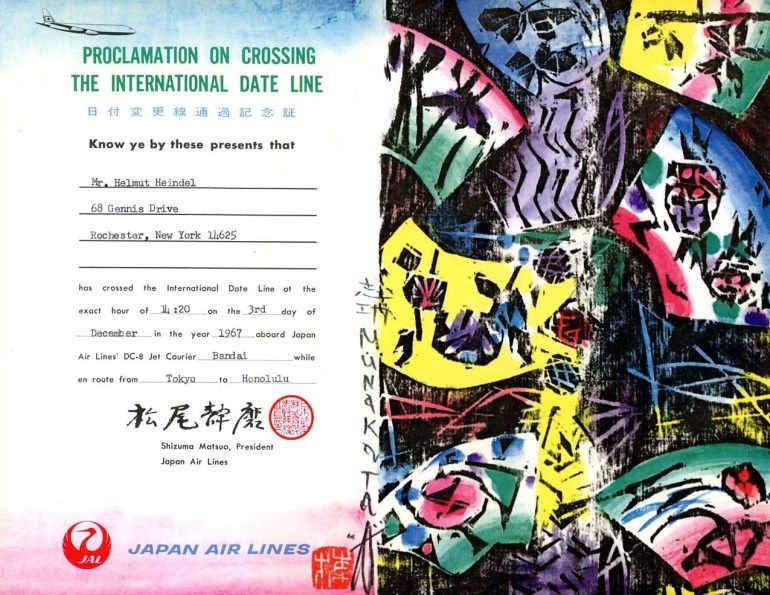
You can globetrot like that when you’re young and don’t mind chasing your shirts and underwear from one country to the next, or washing your socks and undershorts in the bathroom sink of the hotel where you’re staying for just a day or two because the country is small and still developing and you don’t expect to do a boatload of business there.
Speaking of boatloads, Paraguay comes to mind. In October of 1968, the time of my visit, it was ruled by Alfredo Stroessner, one of Latin America’s longest-serving and most repressive dictators. On my arrival at the predictably named “President Stroessner International Airport” I couldn’t help notice the group of military officers in white uniforms waiting at the arrivals gate. When I queried our local rep who had come to take me to my hotel in Asunción, he said the ones with the most medals were Admirals in the Paraguayan Navy.
Really! I wasn’t aware Paraguay had a navy. The country is landlocked. There isn’t an ocean anywhere in sight for hundreds of miles. The rep went on to say that while “Paraguay has only land borders, it does have a very large navy. Among all the countries in the world without access to the sea, Paraguay is in fact the largest naval power.” Dang! Where on earth do they park their battleships?
This was my second attempt that week to fly into Paraguay from Argentina. On my first attempt, the right engine quit and we had to turn around to try again the next day. I point this out as significant only because the airplane was a twin-engine DC-3 and if the left engine had decided to hang it up too, the nearest airfield would have been the canopy of the jungle below.
The plane I boarded the next day looked suspiciously like the DC-3 from the day before. But why ask when in all likelihood you won’t like the answer. Kermit Armstrong, my former boss at Bausch & Lomb, taught me early on that nothing good ever comes from “kicking a skunk.” Good advice, Kerm, I’ll keep it in mind.
Traveling in South America back in the sixties could quickly turn into an adventure, regardless of size of country. I happened to be in Rio on December 13, 1968, the day Marshall Artur da Costa e Silva, President of Brazil, issued Ato Institucional Número Cinco, the fifth and most infamous of the country’s Institutional Acts, commonly referred to as AI-5.
I sensed something extraordinary must have happened overnight when I left my hotel the next morning to meet with our local distributor and noticed that the policeman directing traffic was wearing a military uniform. The tower had been manned by a civilian traffic cop just yesterday. Yes, said the clerk at the desk, there would be new laws now. Life would be different.
At first glance, Institutional Acts may look like the Executive Orders we have become accustomed to in the U.S., but thank God there’s no comparison in their level of authority. AI-5 suspended all legislative bodies indefinitely, authorized the president to rule with the stroke of a pen, and provided the legal basis for a purge of political critics.
As I would later discover, one of the most chilling of the new laws was the government’s right to arrest and hold without cause any citizen for up to 60 days, with up to ten of those days in solitary confinement. Custom-crafted, one could assume, to aid the regime’s program of "enhanced" interrogations. Sound familiar, Mr. Vice President?
For Brazilian citizens, the immediate future would be uncertain. Some would be forced into exile, others would be jailed and join the ranks of the “disappeared”, a common fate in totalitarian regimes. Nunca Mais. Being a visitor, I was counting on business as usual. The political upheaval had been bloodless. No need to complicate my itinerary by moving up my departure.
Besides, I was having an incredibly good time in Brazil, loved Rio de Janeiro and its warm, friendly, and fun-loving Cariocas. But we may have to switch gears here: What does the Girl from Ipanema have to do with a Cobra parked in a trailer park? It goes to timeline, a perceived need to explain why the car was parked more than it was driven. Sooner or later, every car collector has to answer that question, and there is never a good explanation for it. I don’t play golf, so it leaves that out. In my defense, I wasn’t able to fly as much as I would have liked, either.
Between getting ready for a trip and processing whatever contracts I had negotiated overseas once I was back in the office (not to mention performing the duties of International Marketing Manager in between), the Cobra sat idle for long periods with little or no progress. Intermittent shakedown cruises consisted of short runs inside the trailer park where Effie and I had taken up residence following my discharge from the Army.
The risk of being pulled over inside the park for driving a vehicle without registration was remote. Rarely did a Sheriff have to come into the park, day or night. Forget the disparaging remarks you may have heard about trailer parks. In upstate New York, think retirees, civilian and military, and working blue and white-collar families.
Jerry Mayo and I both lived in the East Avenue Trailer Park for years. So did Bert Day, who also worked with me at the International Division of Bausch & Lomb, and Gene Milella who restored the hardtop for the Dragon Snake. The park is where I first met Terry Zicari, at the time a claims processor for Blue Cross and Blue Shield.
Was it safe to store a Shelby Cobra in the driveway of a mobile home – out in the open – of necessity because few mobile homes have a garage? Yes, Virginia, it really was. Not once did I have to call the Sheriff to report thievery or vandalism. Neither did Frank and Espie Gallanosa, a young Filipino couple up the street who owned an orange 1971 Dodge Challenger R/T, or Leonard Carvell, a neighbor who drove a big block Corvette. Protecting your collector car from criminal elements was never the issue. The hard part was to protect it from Mother Nature.
The Dragon Snake never saw the snow and salted roads of a typical upstate New York winter. Terry’s mom lived in a house in Brighton with a two-car garage and an Oldsmobile. Would have been better had the garage been heated, better still if a pair of chipmunks hadn’t ignored the frosty indoor climate and taken up residence in the Cobra’s glove box. Thankfully the pair stayed clear of the car’s wiring, which with lower-class rodents you can never be sure of.
The covert hideout was discovered when Terry and I checked up on the car because a couple from Pennsylvania had responded to my “For Sale” classified in the March 8, 1969 edition of Autoweek.
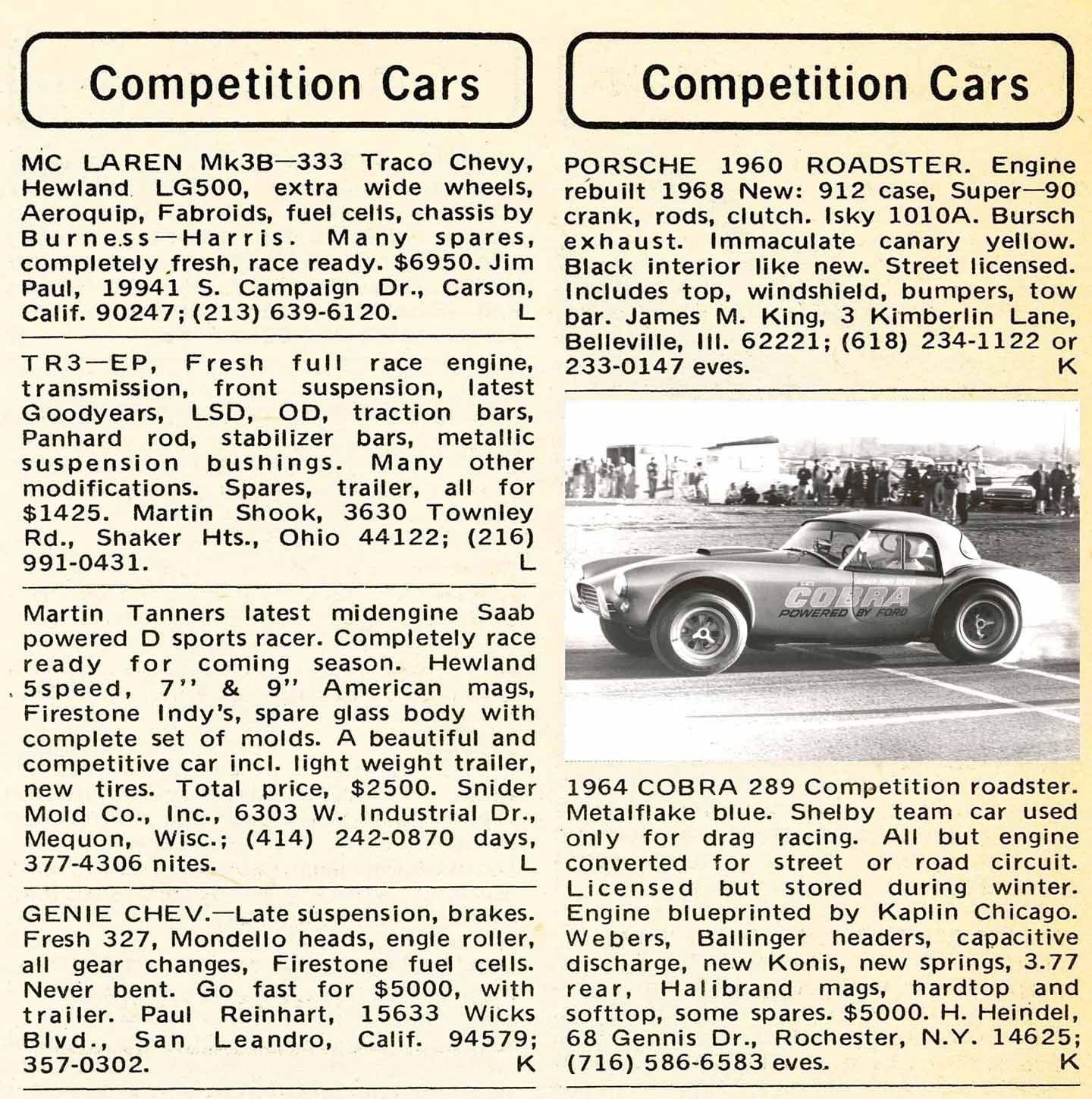
I hadn’t laid eyes on “Jezebel” for nearly a year and changed my mind about selling her the moment the stunning Cobra lines began revealing themselves to the sunlight spilling through the open garage door.
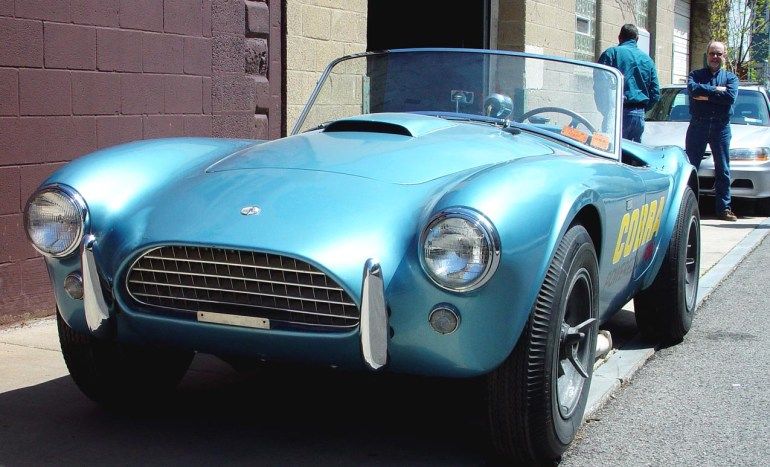
Why did I put the car up for sale in the first place? Simple answer: I had quit my job at Bausch & Lomb and needed money for a startup. I loved working at Bausch & Lomb and dreaded the day when I had to say goodbye to Millie, Doreen, Jerry, Patrick, and Bert in the department I had managed. We imparted fresh thinking into how to sell Bausch & Lomb products abroad, built memories together, and helped the company grow. The callback into the Army for a second tour had effectively dashed any hopes for a flying career. At age thirty-three, I was too old. Once flying ceased to be an option, my second choice was to set up shop as “Industriekaufmann,” the fallback occupation I had studied in Germany.
That company is Unitac Publishing LLC, with offices in upstate New York and on the Space Coast of Florida. As you read in "Day One of 13,870", I did sell “Jezebel” — eventually — thirty-seven years after placing the ad in Autoweek. But the story doesn't end there.
“Jezebel – Thirty-Nine Years my Companion on a Road well traveled” – the second book in the Shelby Cobra CSX2019 Story, will be all about the Cobra Dragon Snake I bought in 1967 for $3,600 to drive on public roads and commute to the office on irregular days when I couldn’t carpool. I even had to use this Cobra Factory Racecar as a delivery vehicle for the printshop a few times. After selling the car in 2006 for a million and a half ($1,433,500 after commission), I was haunted by remorse from the moment Dana Mecum stuck the Sold sign on the windshield.
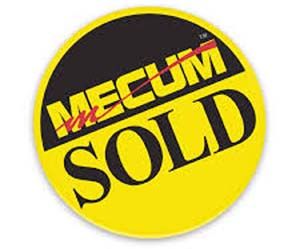
Loved the money, hated to say goodbye to an old friend. After nearly four decades of an eventful and sometimes tumultuous relationship, I had a hard time silencing the guilt about abandoning her. "Jezebel" had stopped years ago being a bucket of bolts and steel and aluminum. I gave her a name knowing that once you name a car it will begin to live a life all its own. As time went by she acquired a soul because the two of us built memories together. Her capricious surprises and misadventures had enriched my time on earth for half a lifetime. And that, not the biggest check I ever cashed, is what this story will be about.
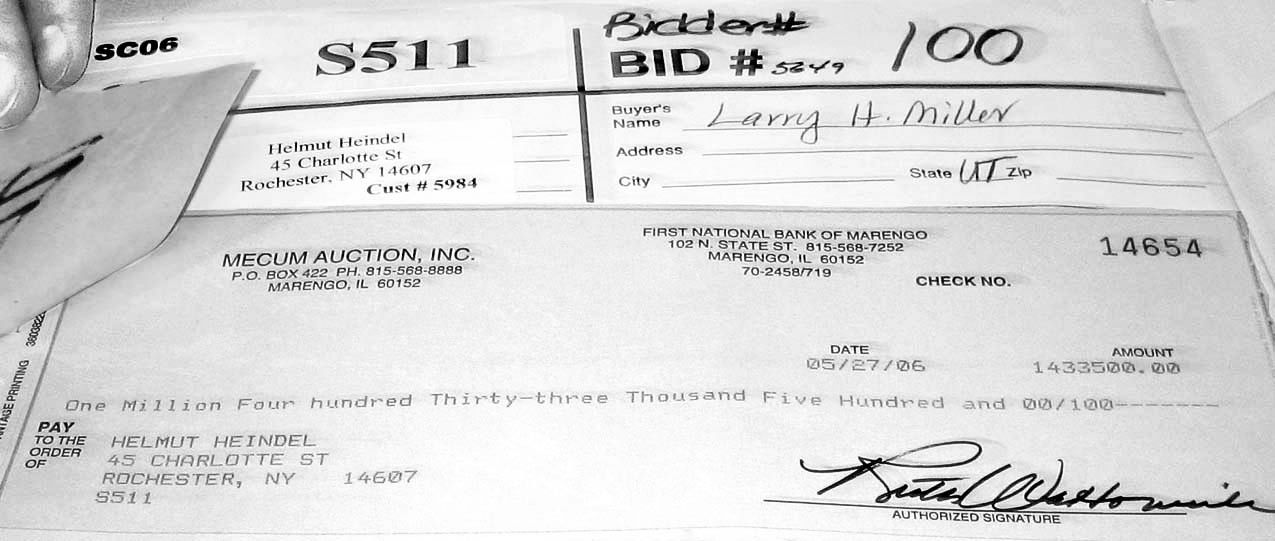
When you own a car as important as the first of only two factory-campaigned Dragonsnakes that set world records and collected a ton of ¼-mile trophies – fresh from having played a leading role in the Elvis Presley movie Viva Las Vegas – prepare yourself for a heart-to-heart talk with your ego: It’s the car that’s the celebrity here. It will likely outlive you, and all the while the world will see you as a caretaker rather than an owner. Most car lovers get that. But hey world, feelings! When we meet someone we haven’t seen in a while, we’d rather not have the first question be “you still have that Cobra?” Car guys are people, too.
I hope the second book will be an interesting read but please don’t expect an insider’s guide on how to get rich flipping cars, or what barn find to track down because it may someday be worth 430 times what you paid for it. Even if I had the extraordinary gift to write such a book I would change careers and spend half my work week buying and selling collector cars, and the other half in sinful happiness, collecting my rightful rewards. But I would still write this book because there’s a story here that needs telling. And somewhere along the way, I will absolutely add my two cents about investing in cars. That’s a given. Lack of qualifications has never stopped me from talking about anything.
Was I lucky to have bought the Dragonsnake? I wasn’t unlucky. But comparing my financial gains to hitting the jackpot ignores the intent: I didn’t buy "Jezebel" as a lottery ticket, I bought her because I wanted a crazy-fast car. The thought that she might also make a good investment never occurred to me until years later, when wealthy collectors drove up the price and turned her into a sought-after celebrity. The $3,600 check I wrote in 1967 was for nothing more than a used race car.
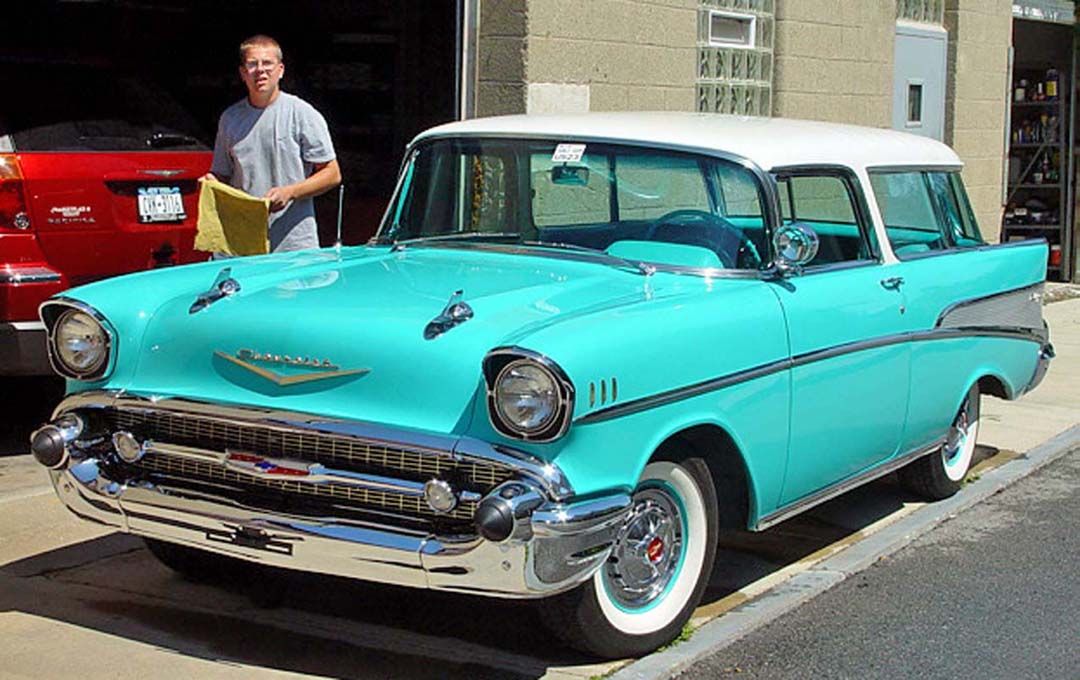
That’s not to say I’m entirely out of my depth when it comes to recognizing worthy cars. I had driven to the Belvidere auction with a single mission: To sell a car. I had no intention of buying one. But buy I did, a 1957 factory-air Chevy Nomad station wagon. It was the only car I brought home from the auction, subsequently voted “Best Buy” by Sports Car Magazine, best out of 571 cars that changed hands that weekend.
A month later I spent $162,945 from the auction proceeds on a brand new 2006 Ford GT. That car I did buy as an investment first and for its 205-mph top speed and Go-Kart on steroids credentials second. Ford only built 4,038 GTs. They’ve since more than doubled in value and may well reach half a million. Here I claim at least some credit. Say what you will, hitting two balls out of the park in a row is a league up from the blind squirrel finding an acorn now and then.
Whether through dumb luck or by virtue of an exceptionally clairvoyant crystal ball, no car will grow in value from $3,600 to a million and a half overnight. Somebody has to have a hand in it. Even when the stars are aligned just right, luck is by nature drawn to the sparsely populated places where preparation meets opportunity. The years of research and planning and behind the scenes maneuvers – how the car brought the money it did – cry out for several chapters in their own right. It would be a crime to not share that with you in book two.
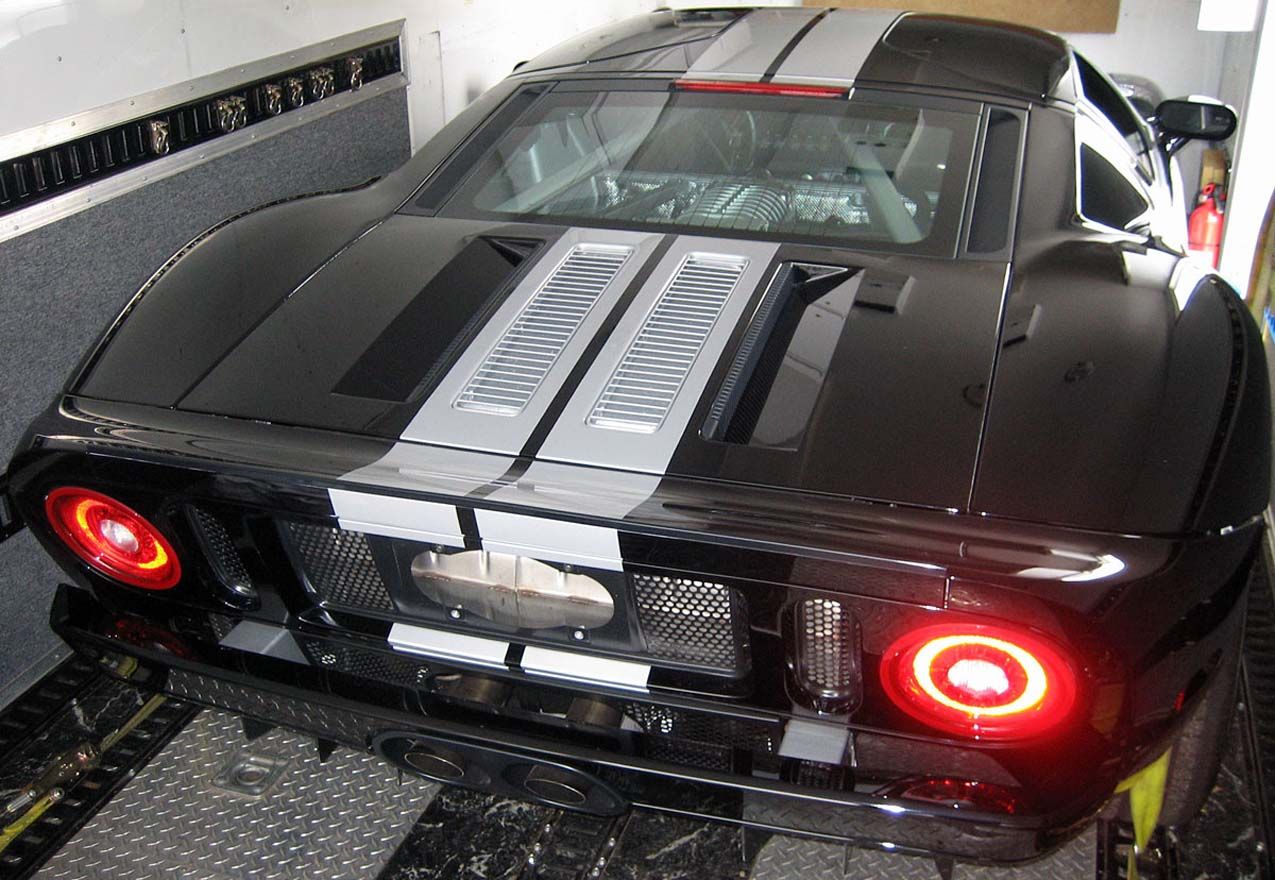
In the end, as anyone who’s ever restored a collector car can attest to, all the marketing efforts pale compared to the hours of work it takes to get a one-of-a-kind classic ready mechanically, making sure it’s the absolute best car for the auction. That the sale was consumed at all was because of the immeasurable help I received from some truly dedicated friends. Thank you, Dieter and Jerry and Kenny. And thank you, Terry, for bringing coffee and home-baked oatmeal and raisin cookies and sunshine to the workshop every morning, and the occasional Guinness in the afternoon.
Couldn’t have done it without you!
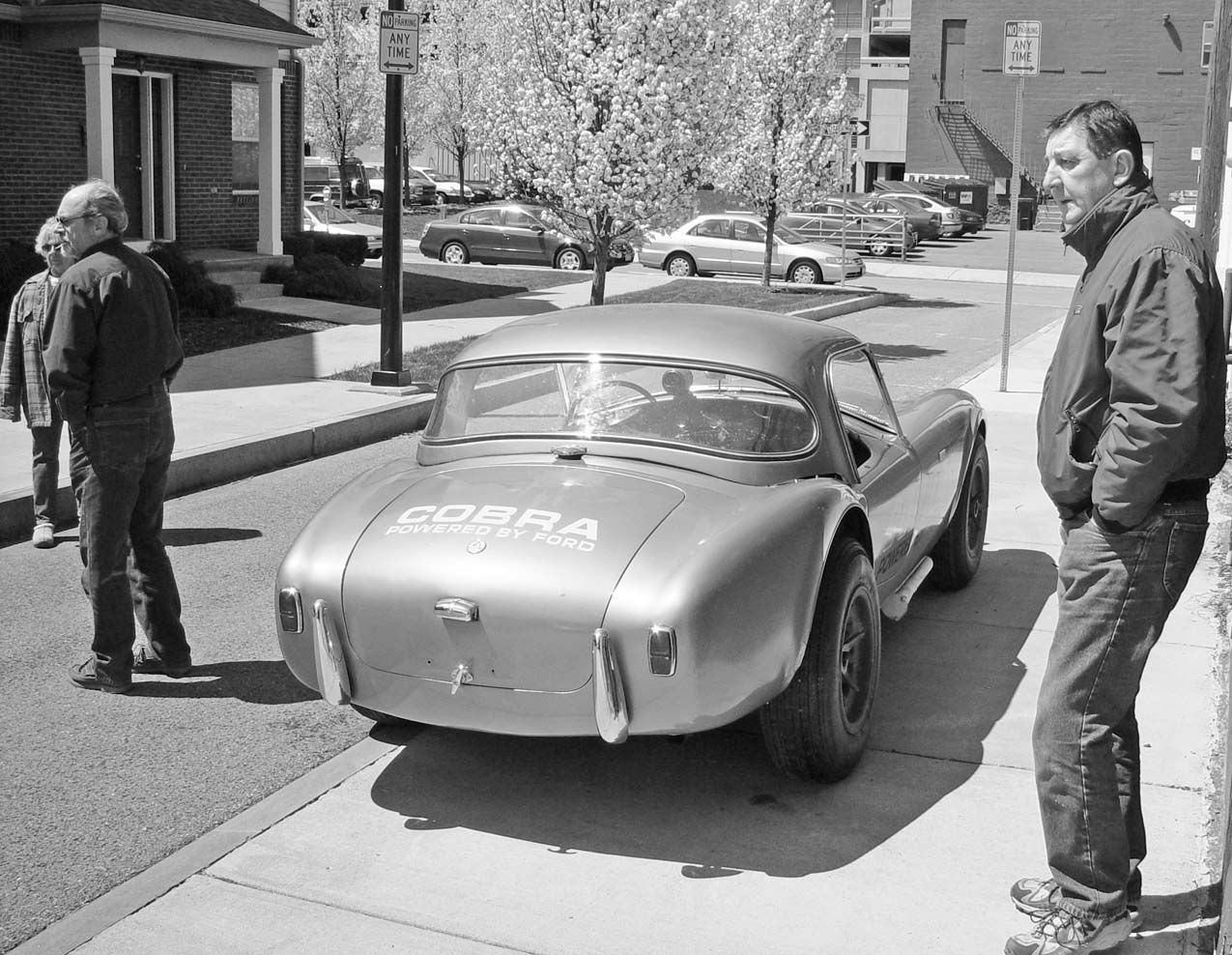
Left to right: Terry, Dieter, Kenny
Copyright 2022 - Helmut Heindel